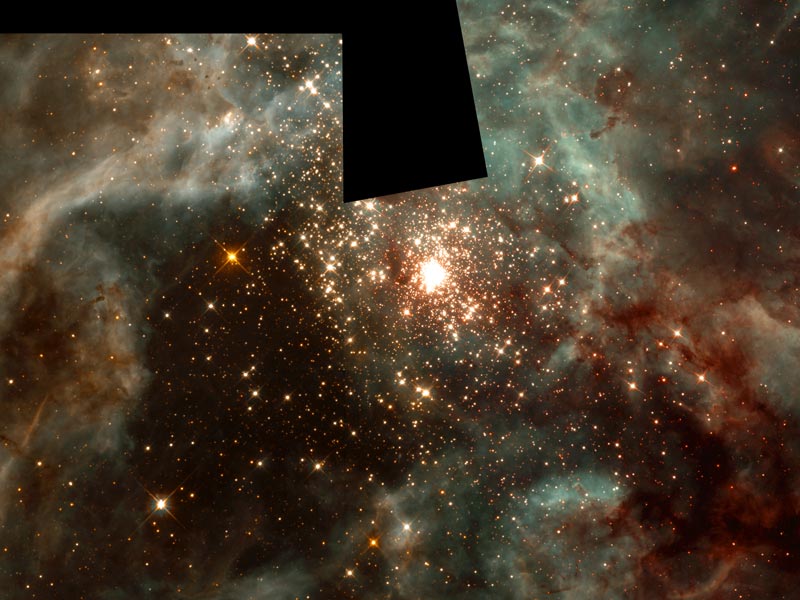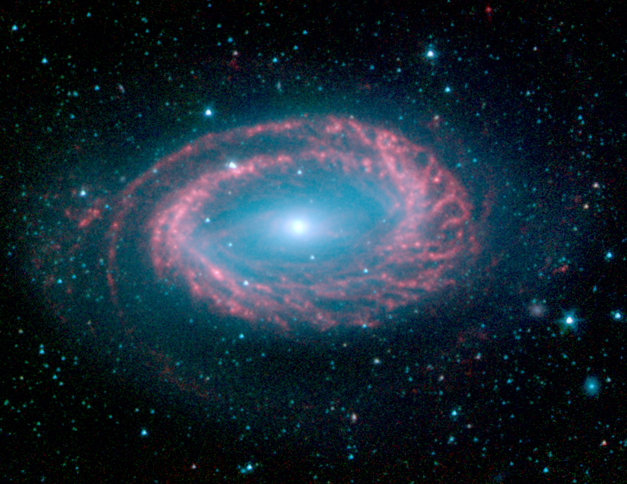Oh my No SD, I didn't take this picture! Wish I had that type of talent! I agree with you though, about wanting to see some like this in person, for myself, for 'real' ~ guess I'm not alone, eh?

This moon photo is from one of my favorite websites:
Astronomy Picture of the Day
link:
http://antwrp.gsfc.nasa.gov/apod/astropix.html
I love that website; I love our universe; I love looking at our moon in all its phases ... I also love seeing pictures of our univserse, it makes me feel ... (oh~words won't do it)
example: this is today's picture
2005 December 11
 R136: The Massive Stars of 30 Doradus
R136: The Massive Stars of 30 Doradus
taken by:
Credit: J. Trauger (JPL), J. Westphal (Caltech), N. Walborn (STScI), R. Barba' (La Plata Obs.), NASA
Explanation: In the center of star-forming region 30 Doradus lies a huge cluster of the largest, hottest, most massive stars known. These stars, known as the star cluster R136, and part of the surrounding nebula are captured here in this gorgeous visible-light image from the Hubble Space Telescope. Gas and dust clouds in 30 Doradus, also known as the Tarantula Nebula, have been sculpted into elongated shapes by powerful winds and ultraviolet radiation from these hot cluster stars. The 30 Doradus Nebula lies within a neighboring galaxy, the Large Magellanic Cloud, located a mere 170,000 light-years away.
----
a fun thing to do; look up the what picture of the day was being shown on your birthdate
mine was:

2005 September 1
One-Armed Spiral Galaxy NGC 4725
Credit: R. Kennicutt (Univ. Arizona), SINGS Team, JPL-Caltech, NASA
Explanation: While most spiral galaxies, including our own Milky Way, have two or more spiral arms, peculiar galaxy NGC 4725 has only one. In this false-color Spitzer Space Telescope infrared image, the galaxy's solo spira mirabilis is seen in red, highlighting the emission from dust clouds warmed by newborn stars. The blue color is light from NGC 4725's population of old stars. Also sporting a prominent ring and a central bar, this galaxy is over 100 thousand light-years across and lies 41 million light-years away in the well-groomed constellation Coma Berenices. Computer simulations of the formation of single spiral arms suggest that they can be either leading or trailing arms with respect to a galaxy's overall rotation.
.....
what's yours?



